February 21, 2017
Executive pay should be linked to health and safety performance, claims industry body 0
 Leaders would have and even greater incentive to improve health and safety if their performance was more transparent and executive pay and bonuses were linked to it, suggests the Institution of Occupational Safety and Health (IOSH). This is one of nine summary recommendations made by IOSH in its response to the UK Government’s Corporate Governance Reform Green Paper proposals, which follow public concern about serious failures, such as those at Sports Direct. IOSH agrees with the Prime Minister’s views, expressed in her foreword to the green paper published last November, where she said: “…big business must earn and keep the trust and confidence of their customers, employees and the wider public”. The suggestions IOSH makes contribute constructively to those aims.
Leaders would have and even greater incentive to improve health and safety if their performance was more transparent and executive pay and bonuses were linked to it, suggests the Institution of Occupational Safety and Health (IOSH). This is one of nine summary recommendations made by IOSH in its response to the UK Government’s Corporate Governance Reform Green Paper proposals, which follow public concern about serious failures, such as those at Sports Direct. IOSH agrees with the Prime Minister’s views, expressed in her foreword to the green paper published last November, where she said: “…big business must earn and keep the trust and confidence of their customers, employees and the wider public”. The suggestions IOSH makes contribute constructively to those aims.








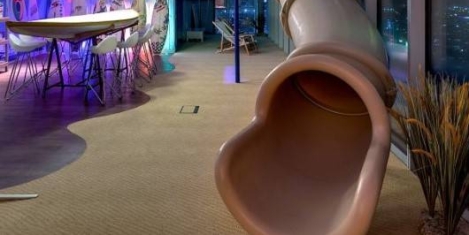
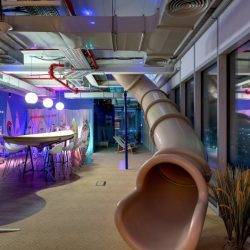 The majority (79 percent) of workers say reliable and modern technology is more important to them than office aesthetics, while accessories such as ping pong tables, slides, hammocks and wacky office designs may look good in pictures, but they don’t necessarily make employees any happier or productive. The is according to a survey, conducted by storage firm Kiwi Movers, which found that 86 percent of UK adults who work in an office said fun features were of no specific value to their working life, 11 percent said they were nice-to-have and of some value and 3 percent said they were very valuable. The most popular office perks are those offer an immediate tangible benefit to the employee, but even so, as many as 23 percent don’t take advantage every day; while 71 percent overall said they’d like more space in their office and of those, 58 percent believe that could be achieved by removing non-essential items. The research also found that younger workers were more likely on average to take advantage of ‘environmental’ perks like chill out areas and recreational equipment.
The majority (79 percent) of workers say reliable and modern technology is more important to them than office aesthetics, while accessories such as ping pong tables, slides, hammocks and wacky office designs may look good in pictures, but they don’t necessarily make employees any happier or productive. The is according to a survey, conducted by storage firm Kiwi Movers, which found that 86 percent of UK adults who work in an office said fun features were of no specific value to their working life, 11 percent said they were nice-to-have and of some value and 3 percent said they were very valuable. The most popular office perks are those offer an immediate tangible benefit to the employee, but even so, as many as 23 percent don’t take advantage every day; while 71 percent overall said they’d like more space in their office and of those, 58 percent believe that could be achieved by removing non-essential items. The research also found that younger workers were more likely on average to take advantage of ‘environmental’ perks like chill out areas and recreational equipment.







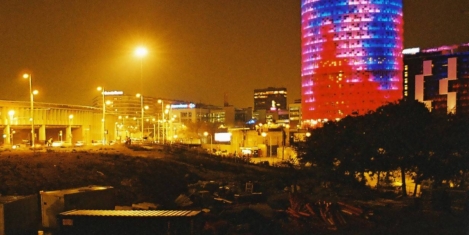

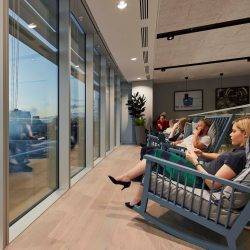


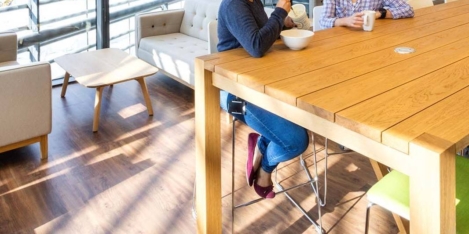
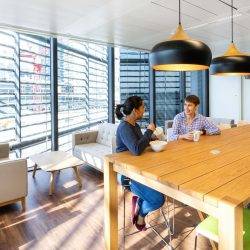









February 21, 2017
What you need to know about changes to business rates and lease renewals 0
by Alex Watt • Comment, Facilities management, Legal news, Property
(more…)